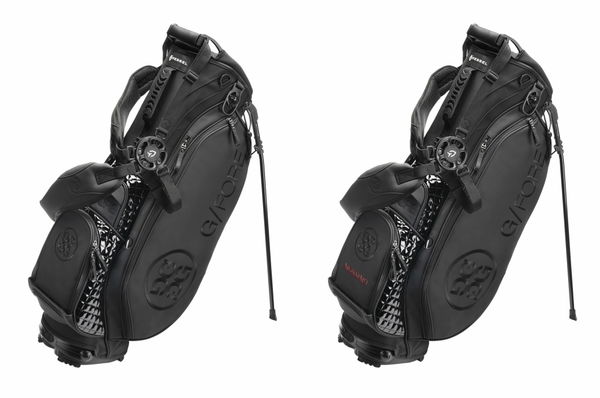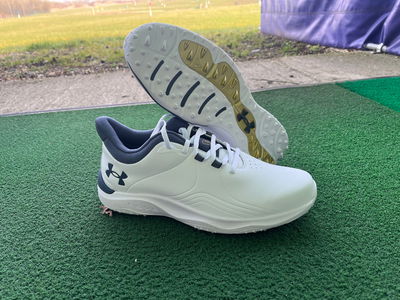TaylorMade launches all-new M1 iron and revamps the M2 iron
TaylorMade unleashes new family of irons for 2017
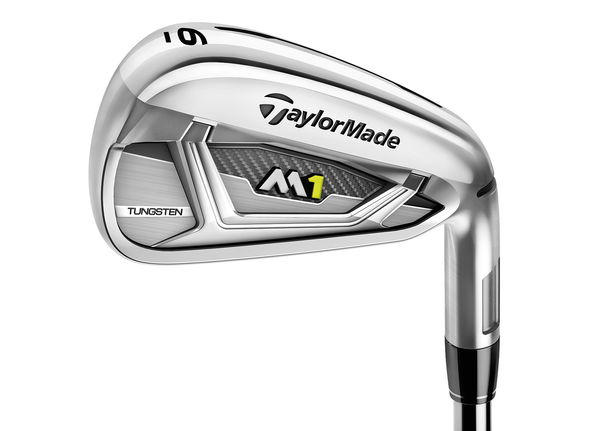
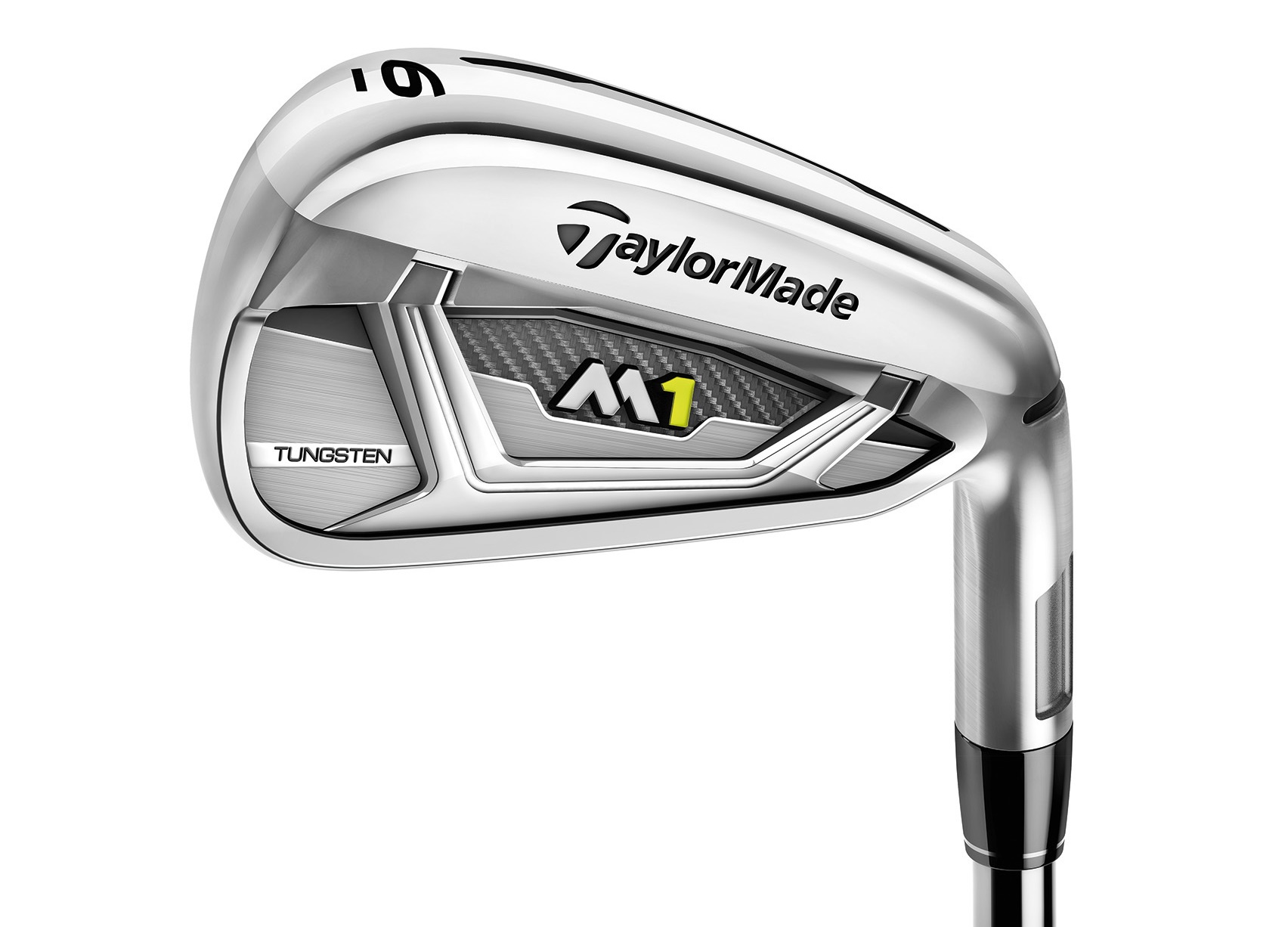
TaylorMade has re-engineered its M2 iron and introduced an all-new M1 iron for 2017.
Taking everything the brand learned from the creation of its successful RSi line in 2015 and M2 family of 2016, TaylorMade engineers embarked to create a series of products in the new M1 and M2 irons that take aim at delivering distance, height, forgiveness and feel with predictable, consistent performance.
NEW: TAYLORMADE M1 METALWOODS 2017
The new M2 irons are the culmination of several years of developing meaningful technologies designed to help golfers achieve more distance, peak trajectory and forgiveness; overall, a more consistently performing iron swing after swing.
As is the case with the M1 irons, as clubhead dimensions continue to get thinner across the face and topline, the challenge to design an iron with best in class sound and feel becomes more and more difficult.
NEW: TAYLORMADE M2 METALWOODS 2017
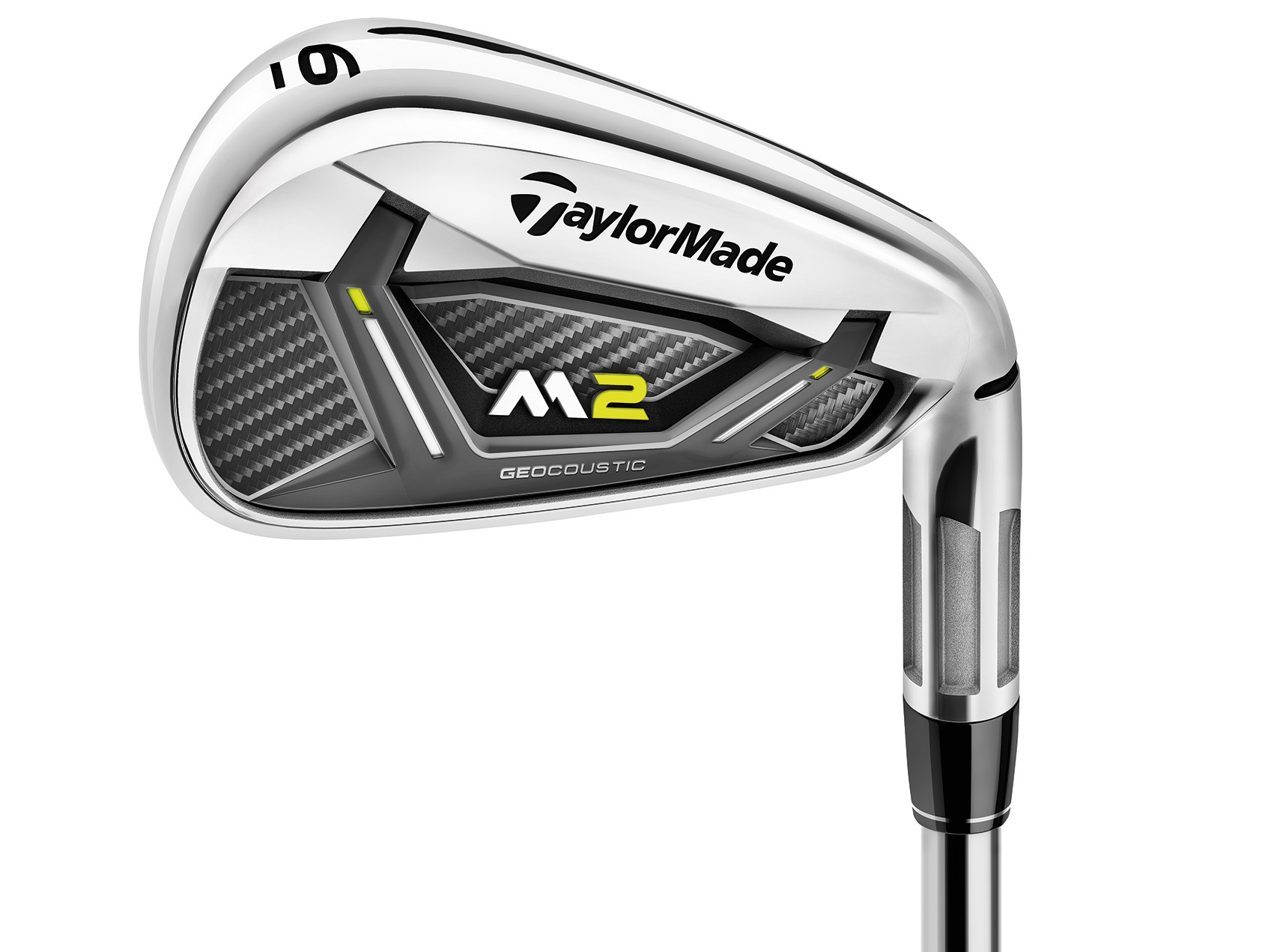
Engineers have utilised technologies first developed in RocketBladez irons (Speed Pocket), the Face Slots introduced in the RSi irons and an ultra-low centre of gravity (2016 M2), effectively combining them in one product to produce a remarkably long and forgiving iron while maintaining playability.
The key to unlocking performance in the M2 irons is a combination of low CG and maximum COR.
For example, even while adding Face Slots (which slightly raise CG), engineers have been able to lower CG and improve consistency by way of several significant changes such as a 33% thinner overall topline, 7% shallower blade height, 20% deeper Speed Pocket with 33% thinner front wall for even more flexibility.
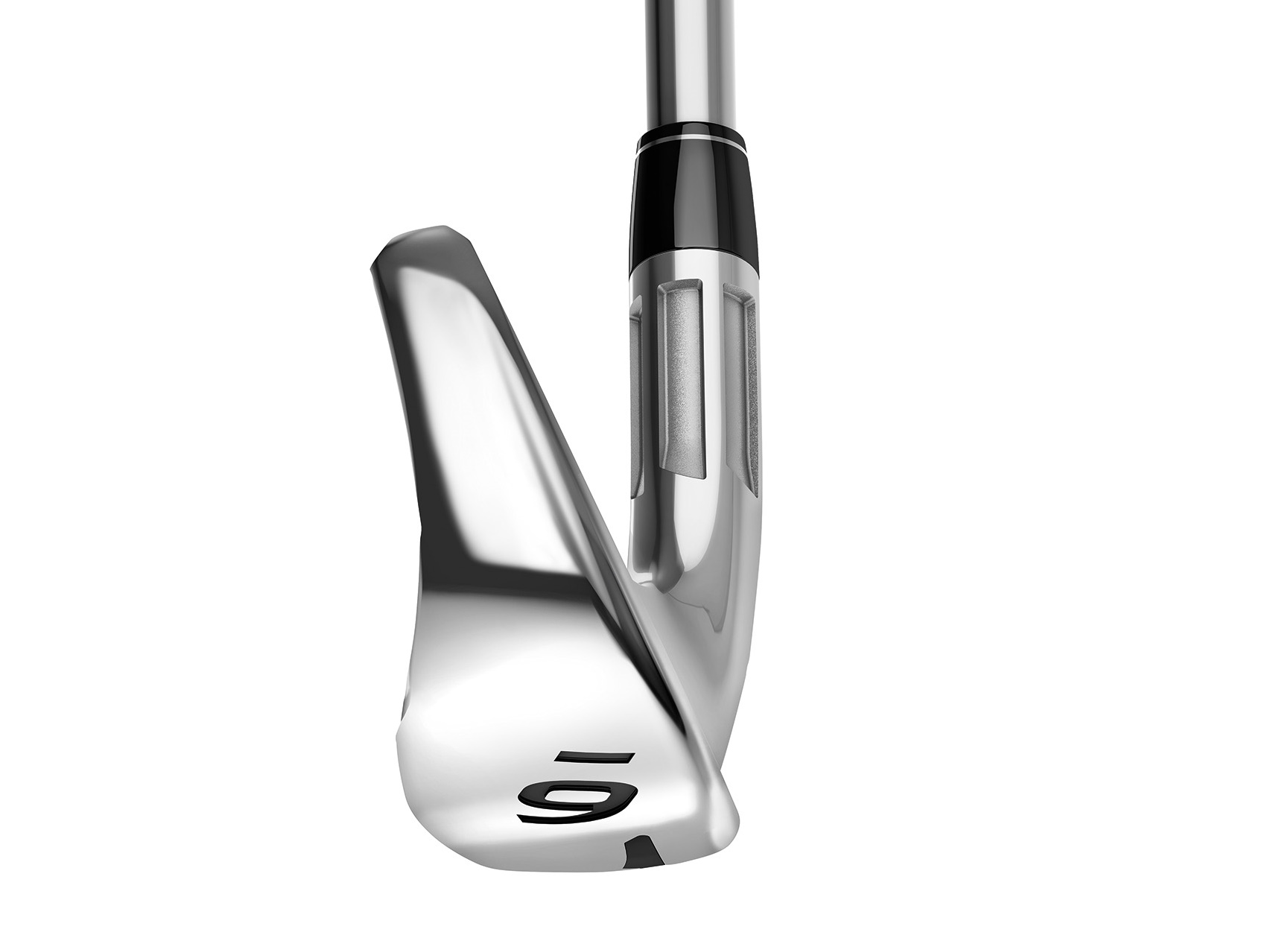
It has also improved the fluted hosel introduced in last year’s M2 irons, with engineers developing a new thinner, wider six-sided fluted hosel that saves five grams (compared to three grams in the original M2 iron), allowing for the repositioning of two grams of discretionary weight lower in the clubhead.
An addition to the 2016 M2 irons, engineers incorporated Face Slots into the new M2 irons due to significant improvements made to the hosel flutes and 360° undercut that not only preserves but improves on the low CG design.

Additionally, the M2 irons incorporate a new thin-wall Speed Pocket, which is designed to increase face flexibility and protect ballspeed on strikes below face-center while increasing launch angle and ballspeed.
A 33% thinner front wall of the Speed Pocket in the long and mid irons is intended to increase face displacement at impact compared to previous models. Similar to the M2 metalwoods, the new M2 irons were designed employing TaylorMade’s new ‘Geocoustic™’ engineering techniques; acoustics tuned through geometry - better feel through geometry, better sound through 3-D damping and an optimized rib structure to create ideal frequencies for pleasing sound & feel.
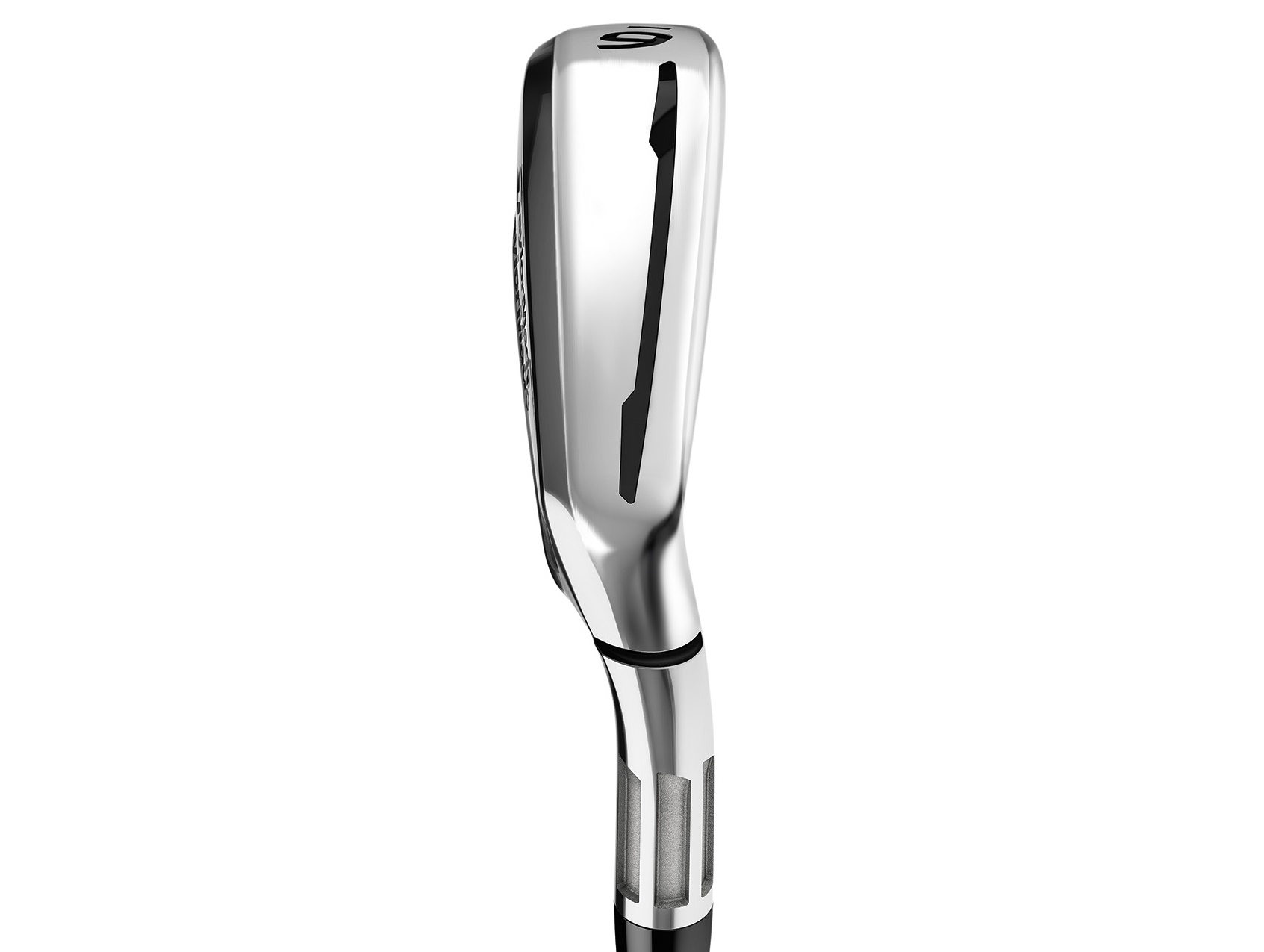
This is accomplished through the incorporation of lightweight ABS and carbon fiber to increase rigidity and improve sound absorption of the badge. The fins of the badge have been strategically positioned behind the Face Slots and integrated into the back bar to help dissipate energy and further dampen sound created by the clubhead’s 360° undercut and ultra-thin 1.5mm face.
The 2017 M2 irons are available at retail on January at RRP £699 (steel), £799 (graphite) in a choice of REAX HL 88 by FST steel shafts (S,R) or M2 REAX graphite shafts (75-45g / S,R,A,L) in addition to numerous additional custom shaft options.
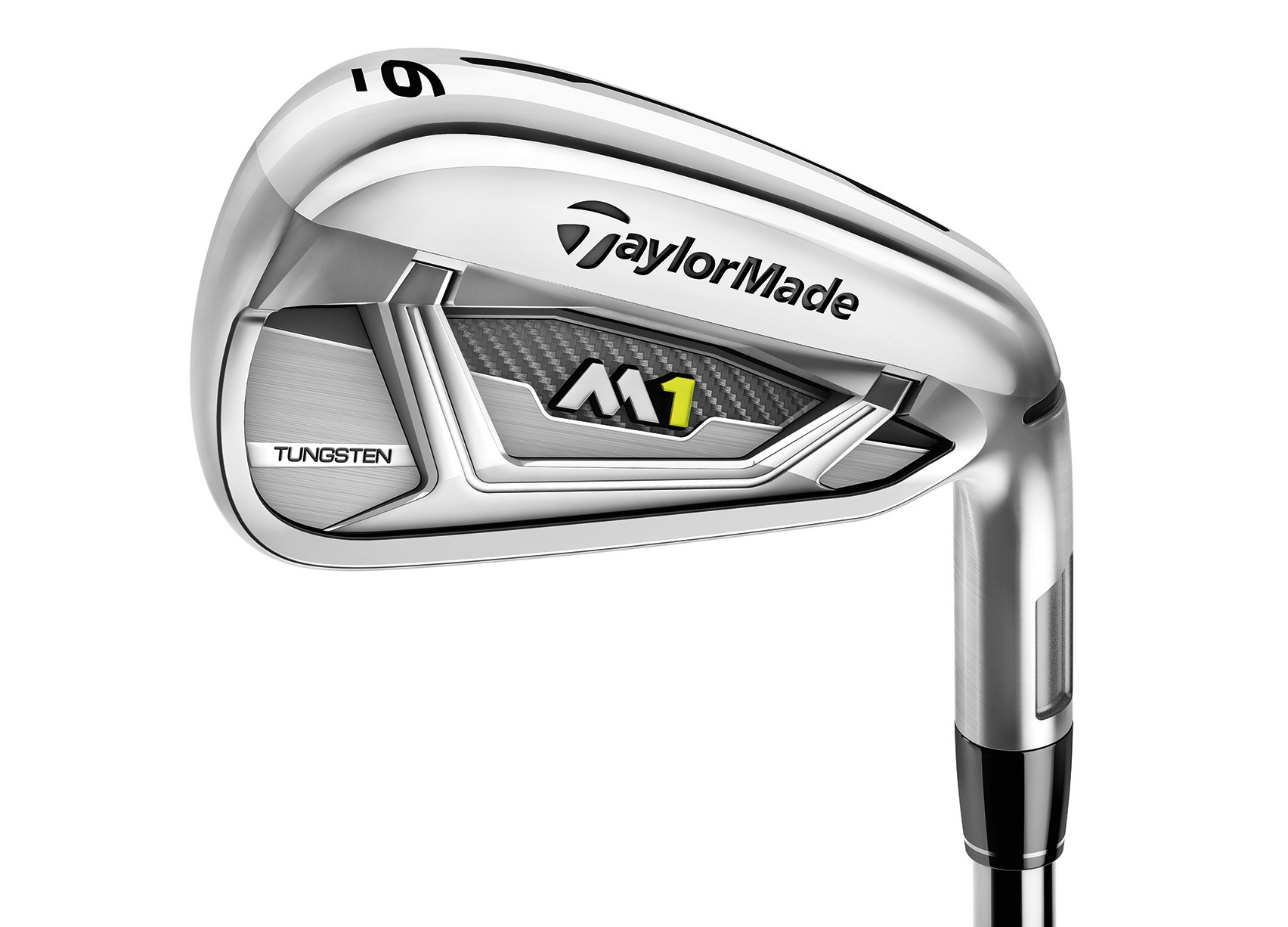
Complementing the M2 irons are the all-new M1 irons, an entirely new line that completes the M family of product.
The intention while designing the M1 irons was to bring as much of the speed, forgiveness and playability of the M2 but deliver it to the player who prefers a slightly more compact look along with additional control and workability.
This was achieved by using many of the same technologies as M2 while adding a tungsten weighting system to allow for more freedom to create the shapes needed without sacrificing low-CG, COR or MOI.
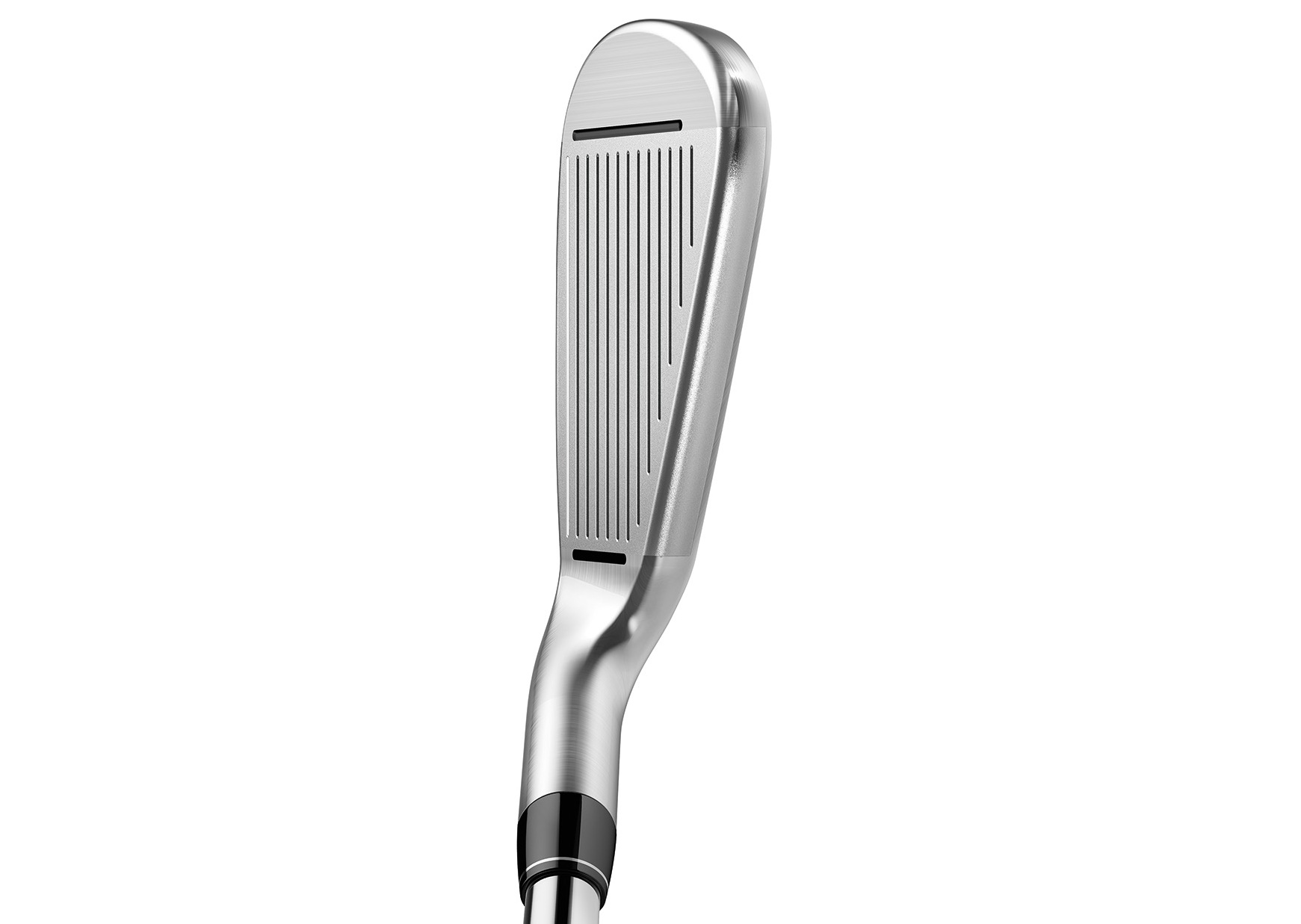
To do this, the company first focused on removing weight high in the clubhead, utilising 15-gram high-density Tungsten added in the toe-side sole of the 3 through 7 irons to lower and centre the CG; designed to create even more speed and thus more distance by way of an increased moment of inertia on off-centre impacts.
The company has also redesigned its fluted hosel, which is now a 180° design that has successfully accomplished weight savings without compromising the look preferred by better players at address.
Incorporated into the M1 irons are the company’s proprietary Face Slots, which are designed to increase flexibility at the boundary of the clubface to improve consistency of ballspeed on off-centre impacts. The flexibility of the face is also intended to ensure maximum COR under USGA/R&A rules, providing maximum ballspeed and higher launch.
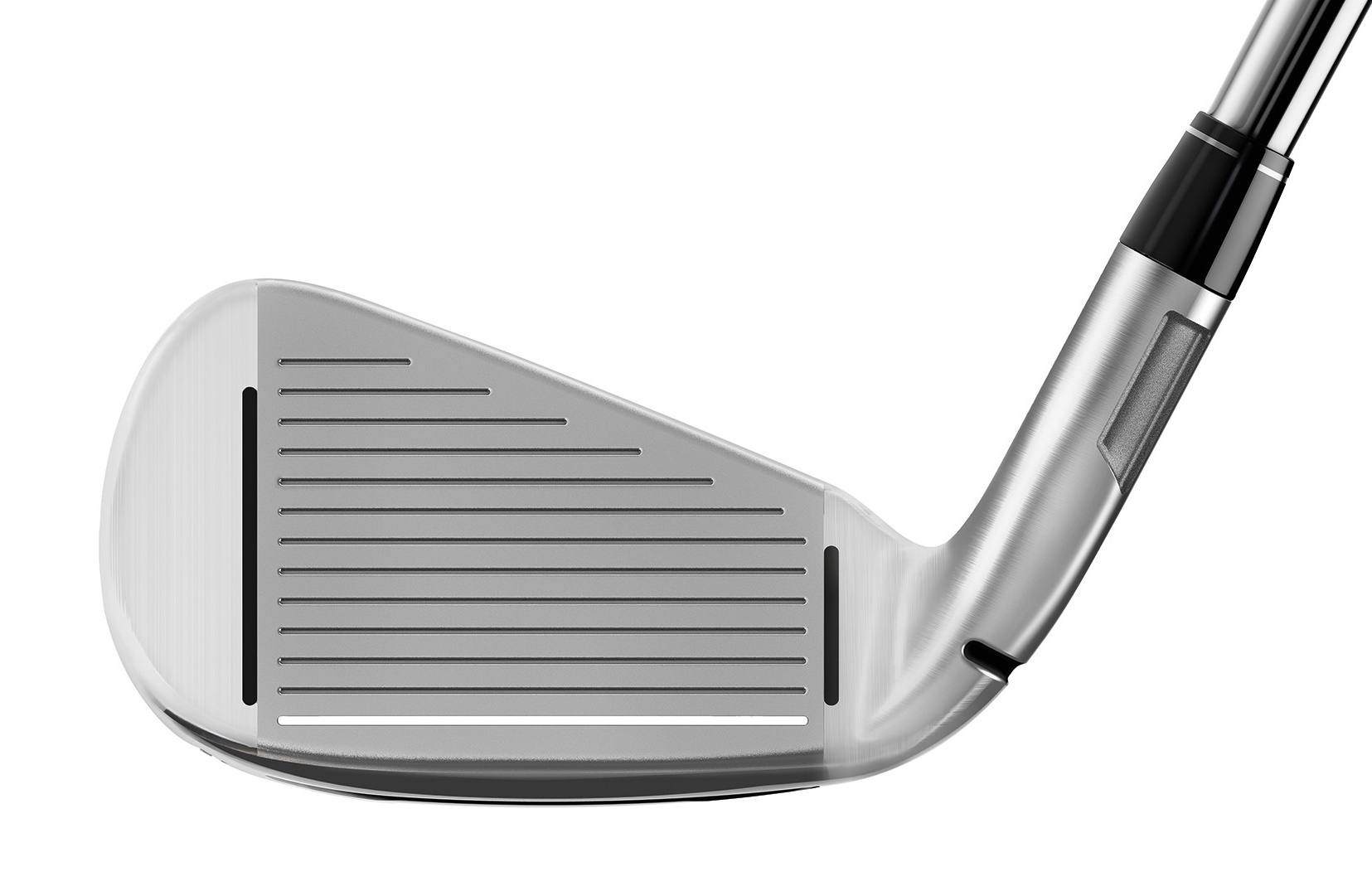
This combination of technologies is designed to produce longer, higher shots with improved consistency and dispersion on all shots.
The new Speed Pocket features a front wall that has been reduced 33% in thickness to promote increased face deflection. Engineers have also been able to thin the leading edge and overall sole thickness of the club to new minimums, resulting in improved performance without sacrificing durability. The result is a visual appearance at address suited for the aspirational and better players while offering performance typically found in modern distance irons and maintaining the turf interaction forgiveness of a wider, more cambered sole.
One of the challenges with thin face, high COR irons is the sound they produce at impact. As the faces of irons have become thinner, managing sound has become an increasingly integral element in iron design.
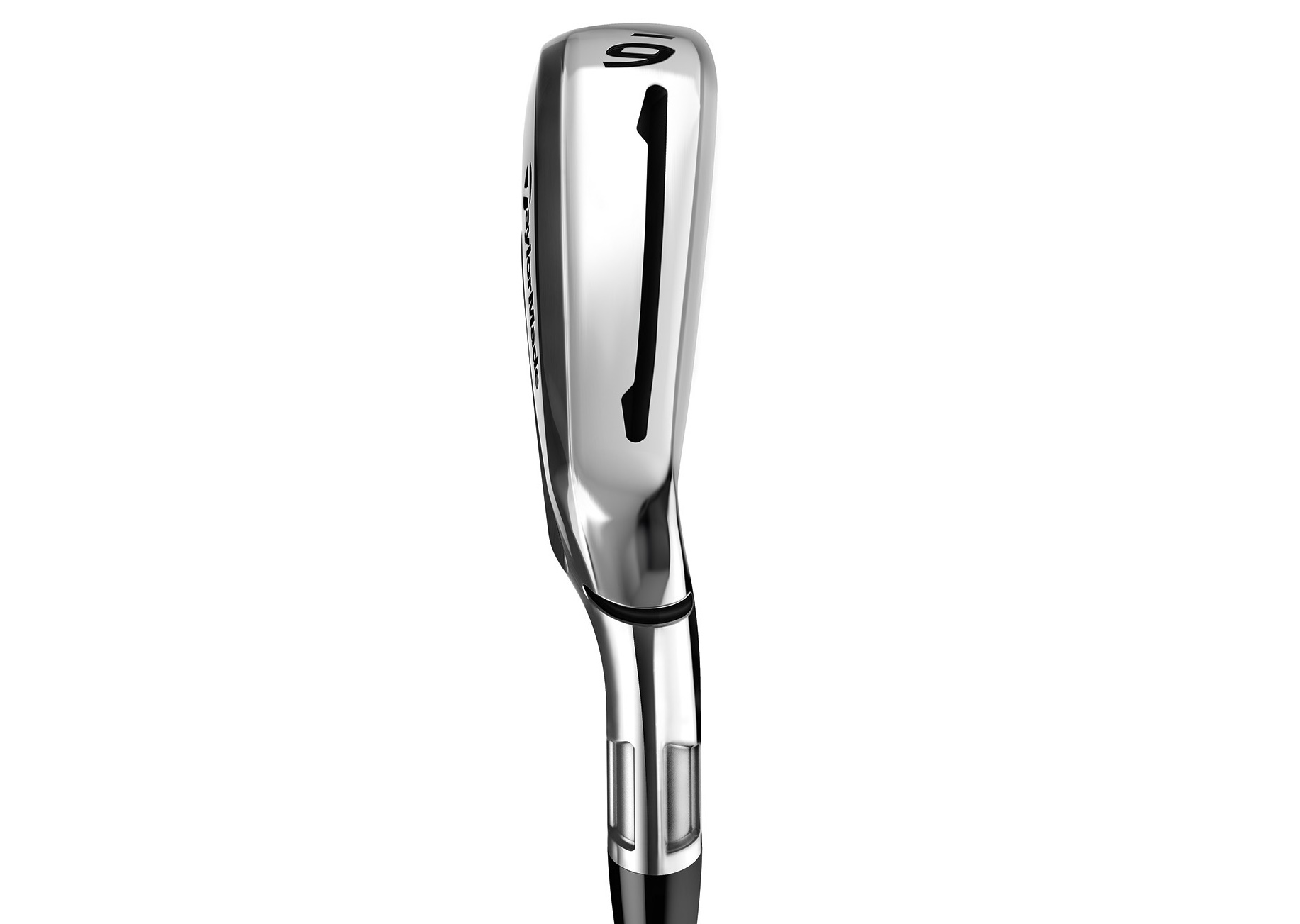
Similar to the new M2 irons, the M1 irons also implement TaylorMade’s Geocoustic engineering; acoustics tuned through geometry. TaylorMade’s fin badge is a feature that works in conjunction with Face Slots to dampen unwanted low-frequency, long duration sounds. The sound of the M1 is optimised using thin yet stiff head geometry combined with strategically placed reinforcements in the topline.
The resulting sound is then dampened using a very stiff fin badge connecting the back of the flexible face to the stiff back bar of the iron for optimal sound damping.
TaylorMade's Senior Director Tomo Bystedt said: “The improved M2 irons as well as the all-new M1 irons represent a breakthrough in combining incredible distance with industry-leading forgiveness. Through the use of innovative technologies and purposeful design, these irons will appeal to a wide range of golfers seeking the complete performance package.”
The M1 irons are available at retail on March 1 at RRP £849 (steel), £1,049 (graphite) in a choice of True Temper’s popular XP95 steel shafts or MRC Kuro Kage Silver graphite shafts in addition to numerous additional custom shaft options.
What do you make of the 2017 M2 and M1 irons? Share your thoughts in the forum or join us across social media.
